Medicine in the Holy Land: Symbol of International and Interreligious Charity
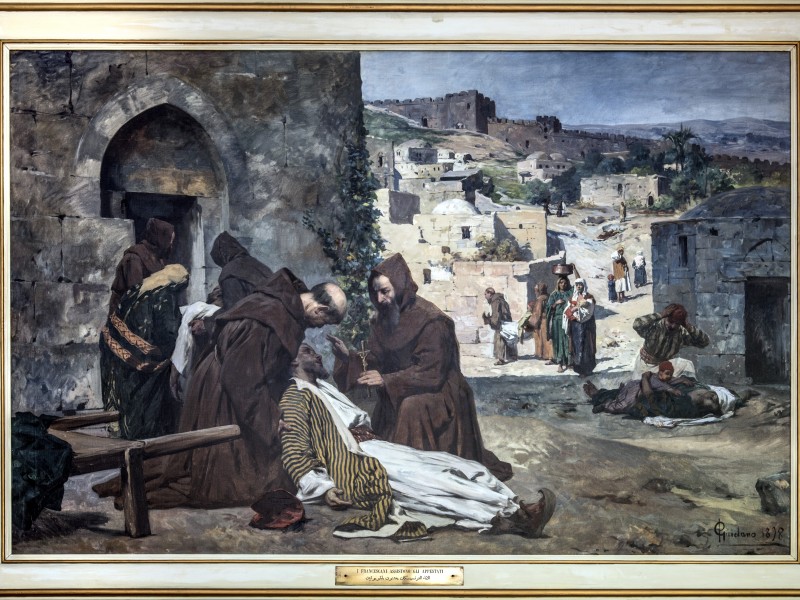
Jerusalem, 1785
In 1785 an epidemic of the plague swept the Holy Land. Years later, in 1898, Paolo Gaidano immortalized in a painting, the piety of the Franciscan friars who, without regard for the danger, gave their care to the Muslims. The exchange of glances is extremely touching and engrossing: one of the two Friars Minor in the foreground holds the dying, the other imparts the blessing of absolution, holding the crucifix and the patient, evidently in a state of agony and no longer capable of being moved, seems to foretaste the silence of the words of hope which the friar has pronounced before giving himself up to death. The work of Gaidano is an extremely realistic choreography of life in those moments: charity and human piety intersect scenes of despair and mutual indifference in the background. Many of the friars providing aid would be infected and would die through this selfless gesture, only to be buried with those whom they have helped, in an ideal embrace of brotherhood between benefactors and benefitters.
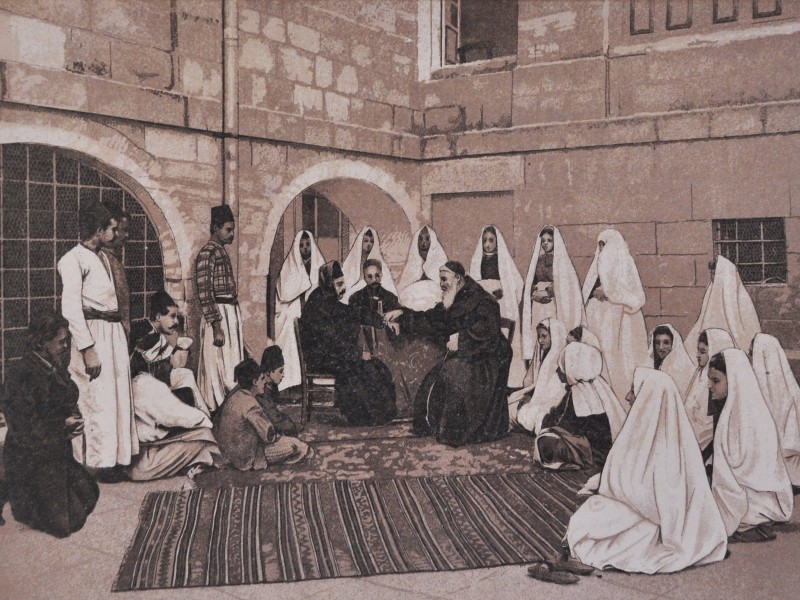
Care for the Body and the Soul
During the great epidemics of plague in 1347 and 1370, the activity of Franciscan doctors in the Holy Land was particularly effective and precious in a predominantly Muslim context, which considered it useless to take precautionary measures against the scourge. The Franciscan doctors were greatly esteemed by the people and by the Islamic authorities, and much sought for their competence. In various testimonies reference is made to the inverventions, medical assistance and care, given not only to the Christian pilgrims but also to the Muslims themselvs. Many accounts of pilgrims speak of the work of the friars in the Holy Land, aimed not only at accompanying the pilgrims toward a “cure” for the soul, but also for the body.
In fact, one must keep in mind that, in times past, pilgrimage to the Holy Land was not easy. The pilgrims, after having embarked on this voyage from afar, in uncertain hygenic and sanitary conditions, risked their lives in countless ways during the journey; and when they had the fortune and physical endurance to make it their destination, they were often weak, feeble, or sick upon arrival.
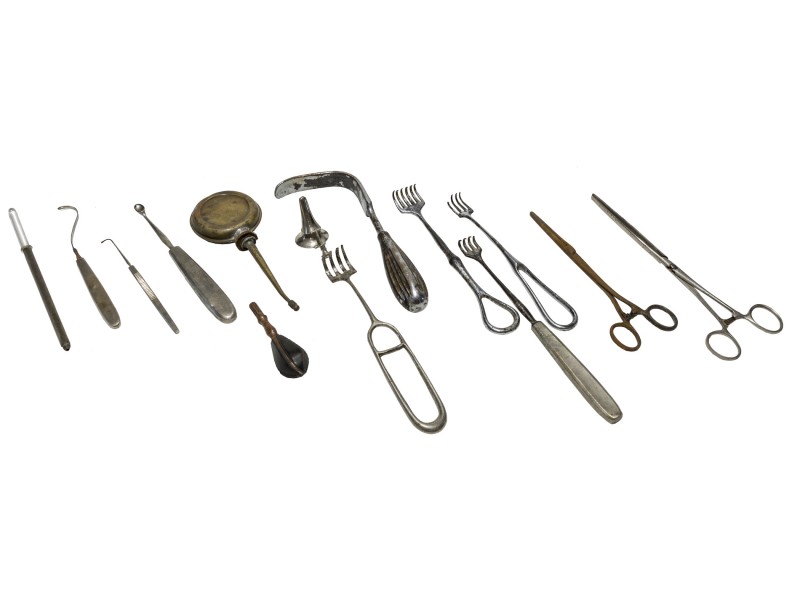
Sympathy and Precautions
There are many precautionary arrangements and measures which allow us to understand the spirit of sympathy as well as the farsightedness of the friars in situations of epidemic crises. The Franciscans, being unable to prepare lazzaretti—which only appeared in the Middle East in the 18th century—they instituted that practice which in the jargon of the Custody was then called the “rinserro” and which today we would call “quarantine.”
It was a precautionary measure that consisted in isolating oneself completely, locking oneself in the convent as soon as news of the arrival of the plague in the city, with the sctrictest prohibition from leaving. When however the decree of the rinserro was issued, before the closing of the doors of the convent, a group of friars remained outside, during the entire time of the pestilence, for the care and spiritual assistance of the sick. Often these exposed friars fell victim to the disease, notwithstanding the precautions which they took. Among these precautions was the use of the “comunichino” silver pliers terminating with a sort of saucer or paten, with which communion was administered to the sick, carried in a special case.
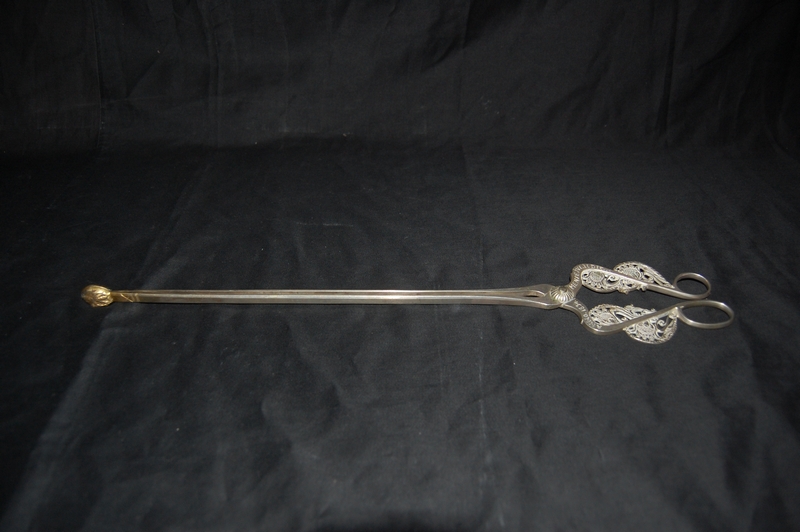
A service rendered for the Love of God
This particular activity of the Franciscans in the Holy Land, initially raised legal, historic, and professional questions. Ecclesiastical legislation, in fact, prohibited, and still prohibits, members of the clergy from practicing medicine. This ancient prohibition is explained by the serious ethical responsibility which the doctor assumes when the life of the patient is at stake, for, medical malpractice leading to the death of a patient could canonically impede a priest from performing his hieratic duties.
Nevertheless, the documents often report of some friars who, before taking on the religious habit, had undetaken studies in medicine, nursing, and pharmaceuticals. The Church allowed these to replace doctors “in case of need” and on the condition that “services would be rendered for free and for the love of God”. It is obvious that these cases of need would be more numerous and more urgent in mission territories, where the shortage of specialized personel, as well as the frequency and extent of the epidemic, could not leave the religious indifferent.
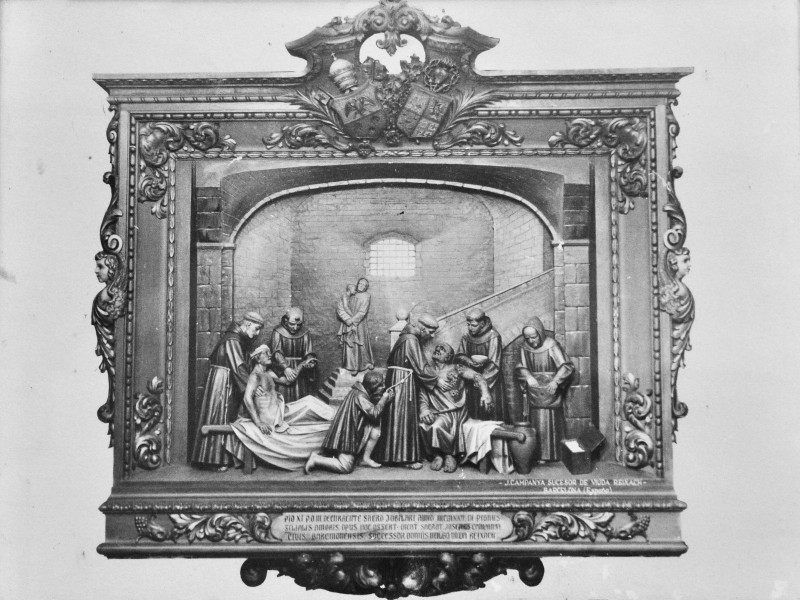
We know that such services, integrated with those of a real and proper pharmaceutical laboratory, would continue until the beginning of the 20th century when, with the advent of modern medicine, they gradually began to cease. However, the charitable works of the friars of St. Saviour has for centuries represented an important symbol of altruism and unity in the Middle East, which, today more than ever, shows us the necessity of international and interreligious solidarity.



